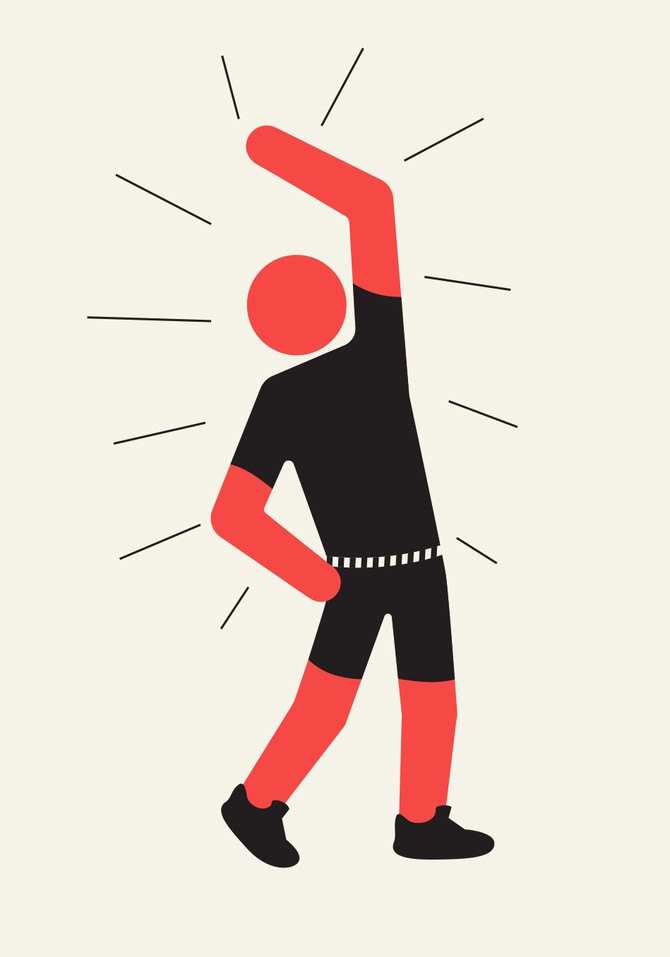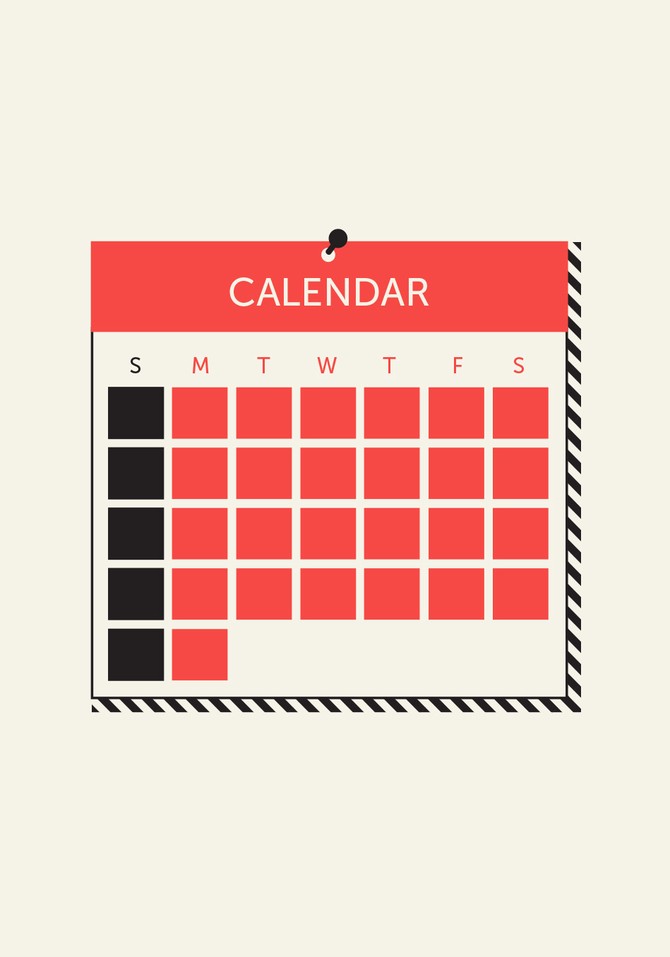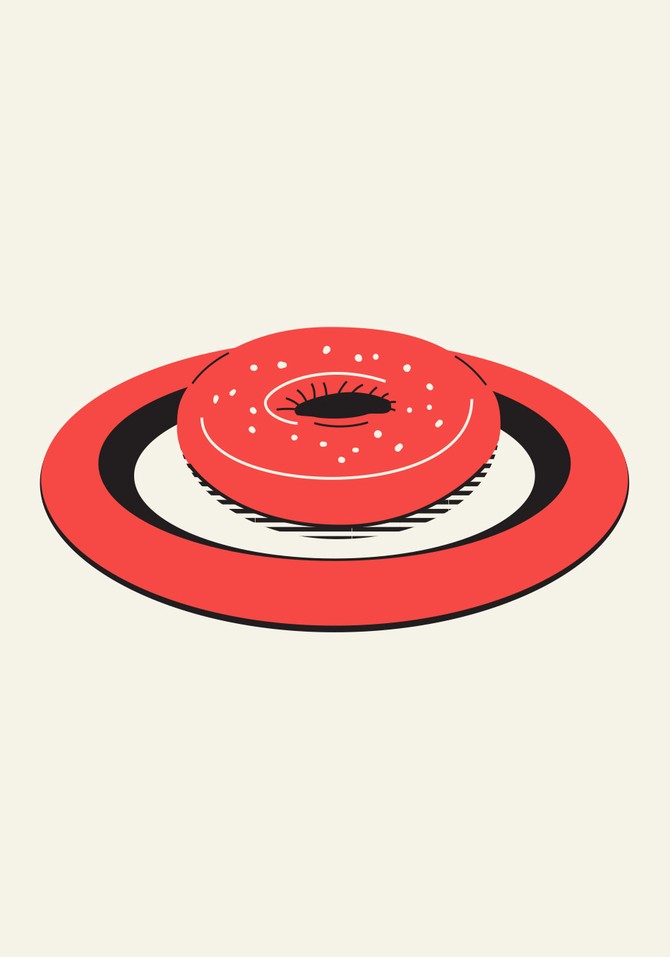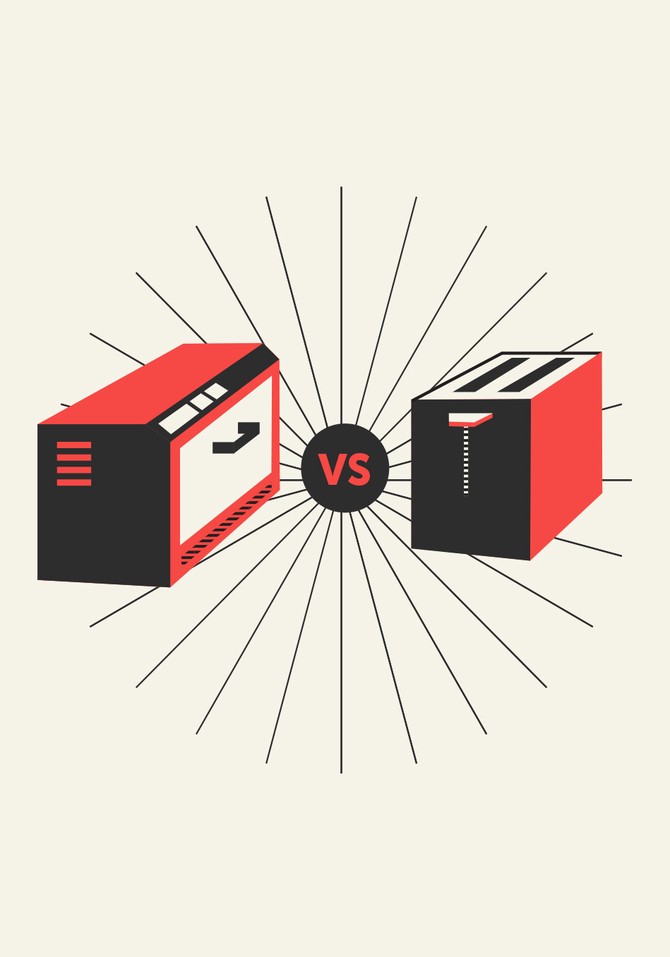5 Ways You're Using Your Toaster Wrong
We pored over manuals and talked to experts to find out the mistakes we all make—and how to achieve toast nirvana.
By Lynn Andriani

Illustrations: David Wyffels
You're Not Taking the Warm-Up Round into Consideration
We know some people won't talk in the morning until they've had a cup of coffee (not that we, um, feel this way ourselves). But the idea of not firing on all cylinders until you're warmed up doesn't just apply to caffeine addicts. Toasters need to ease into their day, too. When you toast the first round of bread in the morning, you're starting with a cold toaster. Once you move onto the second round, the elements and toaster body will be at full operating temperature, so subsequent batches will take less time to toast. Patricia Schweitzer, the consumer test-kitchen manager for Hamilton Beach home-appliance manufacturer, and Paula Pennington, a senior product manager at the company, suggest dialing your toaster down for round two (or three) so you don't burn the bread.

Illustrations: David Wyffels
You Use the Same Setting Every Day
Different kinds of bread require different "shade settings." For instance, explains Wesley E. Smith, director of sales and marketing for Dualit USA, a British manufacturer that has been making toasters for 70 years, sweeter breads (such as cinnamon-raisin) toast more quickly. White breads also need less time, while heavier breads, such as rye, require a bit more. What really surprised us, though, was that slices of bread from the same loaf will toast differently depending on how fresh the loaf is. Schweitzer gave this example: If you have a brand new loaf of seven-grain and toast a slice on Monday, setting number three may be perfect. The next day, though, a slice from that same loaf may burn at setting three. That's because the bread has lost some moisture, so it'll toast more quickly (i.e., setting number two might be better).

Illustrations: David Wyffels
You Neglect the Crumb Catcher
Pennington says that when Hamilton Beach did consumer research last year, the manufacturer found that the majority of people just turn their toasters upside down and shake them to get crumbs out. While it's good to remove all the burnt bits that accumulate in the machine, since they're a fire hazard, this is definitely the wrong way to do it. Shaking can land crumbs on the heater element, or the lifter functionality, which can hinder how the parts work. Instead, use the crumb tray, which is standard on most new toasters (Pennington says most of the people they interviewed didn't even know their toasters had one). If you use your toaster daily, you should empty the tray weekly; just slide it out and discard the crumbs. Smith also says that if any large crumbs remain, you can use a soft brush—never a knife—to clean inside (just unplug first).

Illustrations: David Wyffels
You're Putting Bagels in Backward
Toasters with "bagel" functions are great, but only if you load that whole wheat everything into the machine the right way. That's because machines with this feature either just toast one side (the cut-side) of the bagel, English muffin or bun; or, they toast the cut-side nicely, and simply warm the other side. Most manufacturers suggest you place the bagel with the cut-side facing in for a crisp top without a burnt bottom (but check your machine's manual to make sure).

Illustrations: David Wyffels
You're Using "Toasters" Interchangeably
A discussion of toasters wouldn't be complete without bringing up the toaster-versus-toaster-oven debate. Some people have only one of the two, yet others need both in their appliance arsenal. If you're serious about good toast, though, what you most need is a toaster. Pennington explains that's because a toaster oven's heat usually comes at the bread from two different distances; the bottom heater is usually closer to the bread than the top heater, so it won't toast evenly.
Published 11/11/2015

